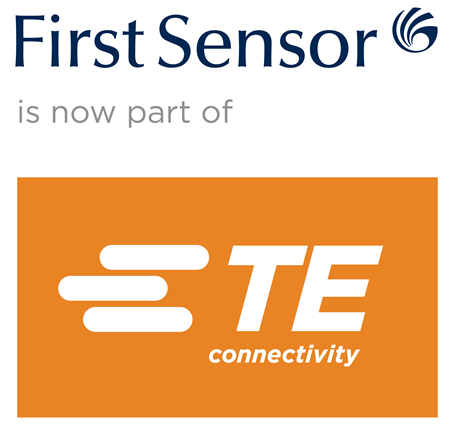Digital camera technology has become an indispensable feature in every modern vehicle these days. For instance, reversing aids, blind-spot assistance systems and obstacle-detection systems use digital camera technology. If future camera applications have to deliver competitive advantages and differentiation, then resolution and shape are not the only factors to be considered when selecting a camera in the vehicle sector.
.jpg)
Image Credits: gunsan gimbanjanggu/shutterstock.com
Capable of delivering competitive advantages for relatively low additional costs, safety systems have become an increasingly relevant decision-making criteria for vehicle Manufacturers. But, this equation adds up only if the applications and their integration actually achieve differentiation and the camera Manufacturers support production and development processes in the vehicle industry.
It is evident that vehicle applications demand highly robust and reliable cameras. For optics and electronics moisture, dirt, vibrations, extreme heat or cold are not desired. However, a standard practice is to prepare appropriate specifications and test their compliance.
Interfaces and Wiring Costs
When it comes to integration in the vehicle, an even better specialist expertise is needed. For instance, there are different kinds of interfaces for a camera connection. An inaccurate decision may result in technological dead ends or unnecessarily high wiring costs. Instead these issues can be effectively addressed by modular camera systems. These camera systems can be equipped with an extensive range of physical interfaces and are also open in terms of data formats, depending on the application. For example, First Sensor AG, a Manufacturer of special cameras for vehicle applications, combines the data line and power supply and connects the camera to onboard systems via cost-effective four-wire or just two-wire cables.
Data Evaluation: Centralized or Decentralized
Presently, cameras in the vehicle sector typically provide VGA or 1.3 mega pixel resolution. When compared to standard cameras in cell phones, these are fairly low-resolution applications. However, even these resolutions also involve data volumes that are unusually extensive for the vehicle sector. In certain applications, rather than moving these data volumes in the onboard electrical system, it is advisable to carry out image evaluation via software algorithms directly in the camera system. The camera then has its own "intelligence" and, instead of transferring images, only communicates the information obtained from the image analysis. This demands special camera systems fitted with powerful processors with appropriate memory capacity—and Manufacturers that combine hardware and software expertise.
Process-Oriented Support for Development and Production
Functional safety can be affected by camera systems. Thus, due care should be taken while specifying, developing and testing them. If the camera Manufacturer can provide "off-the-shelf" systems, including prototypes, for both initial and concept tests rapidly in the context of ongoing development, Developers gain a lot of time and can run hardware, software and integration tests at an early stage.
Compared to large Manufacturers who focus on consumer applications, Specialist Manufacturers are more flexible in subsequent series production. For example, First Sensor deals with the complete production process from processing of the sensor chip through to the prefabricated camera system.
Further, special test procedures are also handled for customers. For instance, a vehicle Manufacturer or a tier-1 supplier would be happy to outsource calibration of the optical axes and parameter settings to the specialist partner to rectify discrepancies. For traceability purpose, the German-based Specialists transfer all essential settings and figures to the vehicle integrator or Manufacturer for each camera supplied, on request. It may also be that some border regions of the image are relevant to an application as "regions of interest." In conditions like these, the camera must also be tested and parameterized for these regions.
When compared to the lifespan of a construction, agricultural or forestry vehicle, the life cycle of a modern digital camera is usually short. Adequately long availability for the series production and aftermarket can be guaranteed only by using suppliers who have in-house production capacity for all major components.
Partners More Important than the Product
Digital cameras are relatively new products and digital camera technology is evolving rapidly. Through strategic cooperation with experienced Specialists, more success in terms of quality, process, cost optimization and differentiation can be achieved instead of evaluating individual cameras.
.jpg)

This information has been sourced, reviewed and adapted from materials provided by First Sensor AG.
For more information on this source, please visit First Sensor AG.